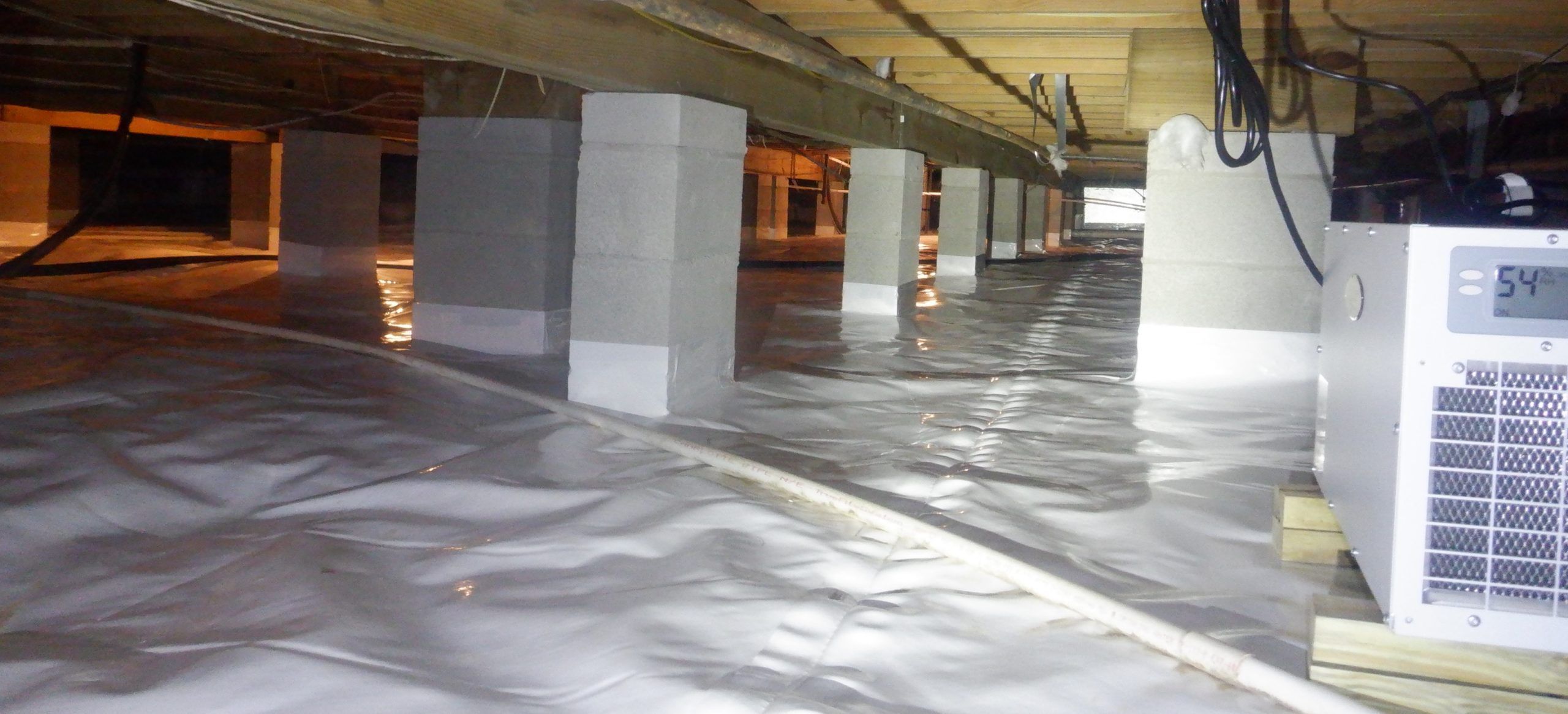Crawl spaces are an area that homeowners overlook. Tucked away beneath the main living area, this unfinished space has limited access. Primarily, it’s used for running utilities and providing some ventilation to the foundation.
Although the crawl space is small, it can become a breeding ground for moisture. If not taken care of, these issues can compromise your home’s stability. That’s where encapsulate a crawl space services come into play.
Encapsulating a crawl space involves sealing off the area from the outside environment. This created a controlled and conditioned space.
If you’d like to learn more about crawl space encapsulation, keep reading! In this article, we’ll explore some of the reasons why you should encapsulate your crawl space. Then, we’ll reveal the best way to go about this process.
What Is Crawl Space Encapsulation?
Crawl space encapsulation creates a barrier between the crawl space and the outdoors. This process is important for:
- Controlling moisture levels
- Preventing crawl space water damage
- Improving the overall condition of the space
Effective encapsulation involves several steps. The first step is inspecting the area for any existing issues such as:
- Leaks
- Mold growth
- Structural damage
Once identified, these problems must be addressed before proceeding with the encapsulation process.
The next step is installing a vapor barrier on the crawl space floor and walls. This barrier acts as a shield, preventing moisture from seeping into the crawl space from the ground or surrounding areas. It’s crucial to use durable materials such as reinforced polyethylene.
To further enhance the encapsulation, sealants or caulk are used to seal any gaps, cracks, or openings in the crawl space. This sealing process helps to prevent both moisture intrusion and air leakage.
The final step is insulating the crawl space walls. This improves energy efficiency and creates a more comfortable living environment.
In some cases, homeowners add ventilation systems to their crawl spaces. These promote air circulation and reduce humidity levels. The use of a dehumidifier can also be beneficial to control excess moisture.
Why Is Crawl Space Encapsulation So Important?
One of the main reasons to encapsulate a crawl space is to address moisture issues. Similar to the causes of basement moisture, crawl spaces can be moist for various reasons:
- Poor drainage: the crawl space lacks proper drainage systems or the surrounding soil is poorly graded
- Groundwater seepage: groundwater can infiltrate the crawl space through cracks
- Condensation: warm, moist air can enter the cool crawl space and condense on surfaces
- Plumbing leaks: leaky pipes or plumbing fixtures in the crawl space can introduce moisture and contribute to dampness
No matter the cause, excess crawl space moisture can lead to a host of problems, including the following:
Mold and Mildew
Moisture in the crawl space provides a favorable environment for mold and mildew growth. These fungi release spores that can spread throughout the house. Spores trigger allergies, respiratory problems, and other health issues.
Structural Damage
Prolonged exposure to moisture can lead to wood rot. This weakens the structural integrity of the house. Moisture can also cause metal to corrode and concrete to deteriorate, further compromising the stability of the foundation.
Pest Infestations
Damp crawl spaces attract pests such as:
- Termites
- Ants
- Rodents
These pests can cause damage to wooden structures and insulation, leading to costly repairs. And, if pests are in your crawl space, they may find their way into the living spaces of your home.
Energy Inefficiency
Unconditioned crawl spaces can contribute to energy loss. Cold or hot air from the crawl space can infiltrate the living areas above, causing the heating and cooling systems to work harder. As a result, you may notice increased energy bills.
Why Professionals Should Encapsulate a Crawl Space
As mentioned at the outset, encapsulating a crawl space involves several steps. You may be tempted to learn how to encapsulate a crawl space so you can save a few bucks with a DIY project. Yet, it’s best to leave this process to professionals.
Let’s consider a few reasons why:
Professionals Can Identify Problems With Your Foundation
Since the first step is inspecting the crawl space, you’ll want to have a professional take a look from the get-go. They’ll let you know if there is any damage, leaks, or mold. To the untrained eye, these issues may be hard to notice.
Professionals Know How to Block Moisture
Creating a vapor barrier requires the use of the right materials. Professionals know what materials work and which ones to avoid. They’ll also be sure to seal off any cracks or openings in your foundation.
With years of experience, they’ll be able to block any moisture from entering your crawl space.
Professionals Can Install Drainage Systems if Necessary
If your crawl space moisture is the result of poor drainage, professionals can install drainage systems. They may install a sump pump or French drain so the problem does not occur again. If you do the project yourself, you may not be able to identify signs of poor drainage, and the issue will reappear.
Professionals Can Install Ventilation and Dehumidification
If needed, professionals can go ahead and install the proper ventilation systems. This keeps air circulating and prevents mold from growing. They’ll also assess whether a dehumidifier is necessary based on your climate and home.
Experience the Benefits of Crawl Space Encapsulation
Encapsulating a crawl space is a crucial step in maintaining a healthy and structurally sound home. By addressing moisture issues, preventing water damage, and improving indoor air quality, crawl space encapsulation provides long-term benefits.
Still, these benefits are only experienced if the job is done right! For this reason, we recommend hiring a professional who offers encapsulate a crawl space services!
If you’d like to learn more great tips for homeowners, check out the home improvement section of our website!




Be First to Comment